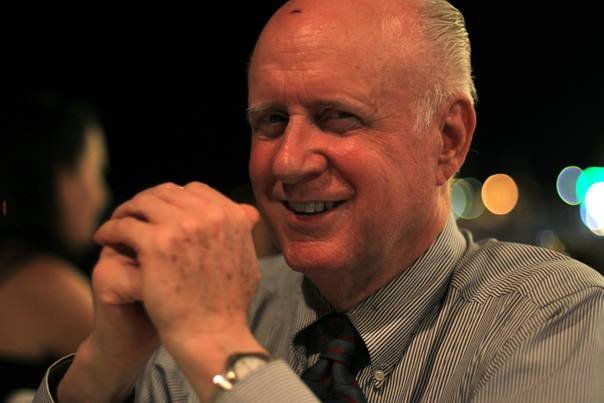Los Angeles was one of the great prodigy cities of the 19th century, growing from a dusty pueblo of 5,728 in 1870 to over 100,000 in just 30 years, and it was a tumultuous and confusing growth. At the beginning there were only Mexican and French restaurants in adobe buildings with dirt floors. Pretty soon there were Italian restaurants, though there were no Italians in town, and Chinese restaurants with unrecorded names (the first Chinese meal recorded was takeout).
By 1900, the dirt roads were paved (at least downtown), there were electric street lights and two-story restaurants, Angelenos were known as the biggest salad-eaters in the country and we had started our first national food craze, the seafood cocktail.
Charles Perry majored in Middle East Studies at Princeton University and the University of California, Berkeley, and spent a year at the Middle East Centre for Arab Studies in Shimlan, Lebanon. Thereafter he pursued a career as a writer, serving as an editor and staff writer at Rolling Stone Magazine 1968-1976 and the Los Angeles Times 1990-2008. He is the president and co-founder of the Culinary Historians of Southern California. He has translated three 13th-century books on on the cuisine of the eastern Arab world, including Scents and Savors: A Syrian Cookbook (NYU Press, 2017). His translation of a 13th-century Moorish cookbook is available on-line at http://www.daviddfriedman.com/Medieval/Cookbooks/Andalusian/andalusian_contents.h
After this talk there will be samples of fashionable restaurant foods of the period.
Parking Information: Parking is available Flower Street between 5th and 6th Streets, on the left side, under the library’s garden. Take the elevator to the plaza level and walk inside the library. Get your parking stub validated at the information desk with your library card. Proceed to the Taper Auditorium. After, go to parking level 1 and pay $1 before going to car.

